

- RFQ
- BOM
-
Contact Us
Tel: +86-0755-83501315
Email: sales@sic-components.com
- Chinese
- English
- French
- German
- Portuguese
- Spanish
- Russian
- Japanese
- Korean
- Arabic
- Irish
- Greek
- Turkish
- Italian
- Danish
- Romanian
- Indonesian
- Czech
- Afrikaans
- Swedish
- Polish
- Basque
- Catalan
- Esperanto
- Hindi
- Lao
- Albanian
- Amharic
- Armenian
- Azerbaijani
- Belarusian
- Bengali
- Bosnian
- Bulgarian
- Cebuano
- Chichewa
- Corsican
- Croatian
- Dutch
- Estonian
- Filipino
- Finnish
- Frisian
- Galician
- Georgian
- Gujarati
- Haitian
- Hausa
- Hawaiian
- Hebrew
- Hmong
- Hungarian
- Icelandic
- Igbo
- Javanese
- Kannada
- Kazakh
- Khmer
- Kurdish
- Kyrgyz
- Latin
- Latvian
- Lithuanian
- Luxembou..
- Macedonian
- Malagasy
- Malay
- Malayalam
- Maltese
- Maori
- Marathi
- Mongolian
- Burmese
- Nepali
- Norwegian
- Pashto
- Persian
- Punjabi
- Serbian
- Sesotho
- Sinhala
- Slovak
- Slovenian
- Somali
- Samoan
- Scots Gaelic
- Shona
- Sindhi
- Sundanese
- Swahili
- Tajik
- Tamil
- Telugu
- Thai
- Ukrainian
- Urdu
- Uzbek
- Vietnamese
- Welsh
- Xhosa
- Yiddish
- Yoruba
- Zulu
- Kinyarwanda
- Tatar
- Oriya
- Turkmen
- Uyghur
Low Offset Voltage Amplifier Alternatives
In precision analog design, low offset voltage amplifiers (VOS < 1mV) are critical for applications requiring high accuracy, such as medical instrumentation, analytical balances, and high-resolution data acquisition systems. However, challenges like component obsolescence, cost constraints, or specific performance trade-offs (e.g., bandwidth, power consumption) often necessitate exploring alternative solutions. This article provides a comprehensive overview of viable alternatives, their operational principles, advantages, and practical applications. https://www.sic-components.com/amplifiers
I. Understanding Low Offset Voltage Amplifiers
Low offset voltage amplifiers (e.g., OP07, LTC1050) minimize input voltage differences between amplifier terminals, a key parameter in DC-coupled systems. A typical low offset VOS ranges from 10μV to 1mV, with temperature drift (TCVOS) < 10μV/°C. However, limitations like narrow bandwidth (e.g., OP07: 1MHz) or high power consumption may require alternatives.
II. Key Alternatives to Low Offset Amplifiers
1. Chopper-Stabilized Amplifiers
Working Principle:
Use amplitude modulation (chopping) to shift the input signal to a higher frequency, where an AC-coupled amplifier processes it, followed by demodulation to restore the DC component.
This technique cancels DC offset and 1/f noise, achieving VOS < 1μV and TCVOS < 0.01μV/°C.
Advantages:
Ultra-low offset and drift, ideal for DC-precision applications.
Wide supply voltage range (1.8V–36V) and low power consumption (e.g., LTC1050: 2mA).
Disadvantages:
Chopper Noise: High-frequency switching can introduce residual ripple (e.g., 50μVp-p in LTC1050).
Bandwidth Limitations: Typically limited to tens of kHz (e.g., AD8551: 100kHz).
Applications:
Medical sensors (ECG, blood pressure monitors).
Precision data loggers and strain gauge amplifiers.
Popular Models:
LTC1050 (Analog Devices): VOS = 25μV, TCVOS = 0.2μV/°C, BW = 10kHz.
AD8551 (Analog Devices): VOS = 1μV, TCVOS = 0.01μV/°C, BW = 100kHz.
MAX4238 (Maxim Integrated): VOS = 250μV, TCVOS = 2μV/°C, BW = 200kHz (low-power variant).
2. Auto-Zero Amplifiers
Working Principle:
Continuously sample and store offset voltage in an external capacitor, then subtract it from the input signal (e.g., "ping-pong" calibration between two amplifier cores).
Achieves VOS < 50μV and TCVOS < 0.1μV/°C without chopper noise.
Advantages:
Low noise (1/f noise corner < 1Hz) and wide bandwidth (up to 10MHz).
No chopper-related artifacts, suitable for mixed-signal systems.
Disadvantages:
Calibration Glitches: Short interruptions during auto-zero cycles (e.g., 100ns in OPA350).
External components required for capacitor storage.
Applications:
High-resolution analog-to-digital converters (ADCs).
Industrial process control (pH meters, thermal imaging).
Popular Models:
OPA350 (Texas Instruments): VOS = 50μV, TCVOS = 0.1μV/°C, BW = 12MHz.
LTC1966 (Analog Devices): VOS = 25μV, TCVOS = 0.2μV/°C, BW = 500kHz.
MCP6V01 (Microchip): VOS = 100μV, TCVOS = 1μV/°C, BW = 1.5MHz (low-voltage, 1.8V operation).
3. Instrumentation Amplifiers (INAs)
Working Principle:
Differential amplifiers with high input impedance and common-mode rejection ratio (CMRR > 100dB), inherently minimizing offset voltage in differential signals.
Many INAs offer low VOS (e.g., INA128: 100μV) without dedicated offset cancellation.
Advantages:
Built-in rejection of common-mode noise (e.g., ground loops).
Simplified design for bridge sensors (strain gauges, RTDs).
Disadvantages:
Higher cost than single op-amps.
Limited bandwidth in low-offset models (e.g., INA128: 100kHz).
Applications:
Industrial sensor interfaces (pressure transducers).
Biomedical signal conditioning (EEG, EMG).
Popular Models:
INA128 (Texas Instruments): VOS = 100μV, CMRR = 120dB, BW = 100kHz.
AD8221 (Analog Devices): VOS = 50μV, CMRR = 110dB, BW = 1MHz.
LTC6240 (Analog Devices): VOS = 25μV, CMRR = 130dB, BW = 300kHz (zero-drift INA).
4. Rail-to-Rail Amplifiers with Digital Calibration
Working Principle:
Combine analog rail-to-rail operation with digital signal processing (DSP) with an embedded microcontroller or FPGA to measure and subtract offset voltage.
Achieves software-adjustable VOS < 100μV, suitable for dynamic systems.
Advantages:
Flexible offset correction for varying conditions.
No hardware modifications needed for offset tuning.
Disadvantages:
Latency due to DSP processing (millisecond range).
Requires additional digital components (increases BOM cost).
Applications:
Adaptive sensor systems (e.g., environmental monitoring with temperature-varying offsets).
Portable devices with auto-calibration routines.
Implementation Example:
Microchip PIC microcontroller + MCP6004 rail-to-rail op-amp:
Measure offset voltage with ADC during initialization.
Apply digital offset correction in firmware.
5. Current Feedback Amplifiers (CFAs)
Working Principle:
Optimized for high-frequency applications, CFAs use current-driven feedback instead of voltage feedback, reducing phase shift at high frequencies.
While not inherently low-offset, CFAs like the THS3091 (VOS = 1mV) offer superior slew rate (7000V/μs) for high-speed, low-distortion signal paths.
Advantages:
Ultra-high bandwidth (e.g., THS3091: 350MHz).
Low distortion in wideband signals.
Disadvantages:
Higher offset voltage (1–5mV typical) compared to dedicated low-offset amplifiers.
Applications:
High-speed data acquisition (oscilloscopes, RF sampling).
Video signal amplification (HDMI, LVDS).
Popular Models:
THS3091 (Texas Instruments): VOS = 1mV, BW = 350MHz, SR = 7000V/μs.
AD844 (Analog Devices): VOS = 2mV, BW = 500MHz, SR = 4000V/μs (legacy but widely used).
III. Selection Guide: Key Considerations
Factor Low Offset Op-Amp Chopper-Stabilized Auto-Zero Instrumentation Amp Digital Calibration CFA
Input Offset Voltage 10μV–1mV <1μV 50–100μV 50μV–1mV 100μV–1mV 1–5mV
Bandwidth 100Hz–10MHz 10Hz–100kHz 100Hz–10MHz 100Hz–1MHz 10Hz–1MHz 10MHz–1GHz
Power Consumption 1–10mA 0.1–5mA 0.5–5mA 1–10mA 5–50mA 10–100mA
Noise (1/f Corner) 10Hz–100Hz <1Hz <1Hz 10Hz–100Hz 10Hz–100Hz 100Hz–1kHz
Cost (per unit) $1–$5 $3–$10 $2–$8 $5–$15 $5+ (with MCU) $5–$20
Best For DC precision Ultra-low drift Moderate speed + precision Differential signals Adaptive systems High-speed analog
IV. Application Case Studies
Medical ECG Amplifier
Requirement: VOS < 50μV, low noise, DC stability.
Alternative: AD8551 chopper-stabilized amplifier.
Benefit: Eliminates baseline wander from patient motion, achieving VOS = 1μV.
Industrial Pressure Transmitter
Requirement: Differential input, CMRR > 110dB, VOS < 200μV.
Alternative: INA128 instrumentation amplifier.
Benefit: Direct interface to Wheatstone bridge, the inherent CMRR rejects plant noise.
Battery-Powered Data Logger
Requirement: Low power, auto-calibration, VOS < 100μV.
Alternative: MCP6V01 auto-zero amplifier + PIC microcontroller.
Benefit: 1.8V operation at 150μA, with periodic digital offset correction.
V. Future Trends in Low Offset Amplification
Zero-Drift Amplifiers
Combining chopper-stabilization and auto-zero techniques (e.g., LTC1966), these amplifiers achieve VOS < 1μV with bandwidths up to 10MHz, bridging the gap between precision and speed.
AI-Driven Dynamic Calibration
Machine learning algorithms embedded in microcontrollers can predict and compensate for offset drift in real time, reducing reliance on hardware-based solutions.
Monolithic Integration
Future designs may integrate amplifiers, ADCs, and calibration logic on a single chip (e.g., Texas Instruments’ AFE58xx series), simplifying signal chains for IoT and portable devices.
VI. Conclusion
Low offset voltage amplifiers remain indispensable for precision applications, but alternatives like chopper-stabilized, auto-zero, and instrumentation amplifiers offer tailored solutions for specific challenges. By prioritizing parameters such as bandwidth, power, and noise, designers can select cost-effective alternatives that meet or exceed the performance of traditional low-offset op-amps. As technology evolves, integrated zero-drift architectures and AI-enhanced calibration will further expand the possibilities for high-accuracy analog design.
https://www.sic-components.com/amplifiers

Hot Products
View MoreRelated Blogs

2000+
Daily average RFQ Volume

30,000,000
Standard Product Unit

2800+
Worldwide Manufacturers

15,000 m2
In-stock Warehouse




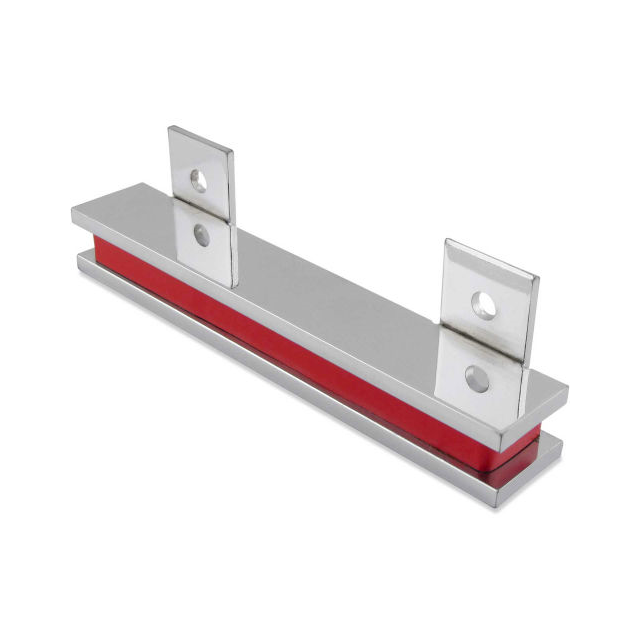
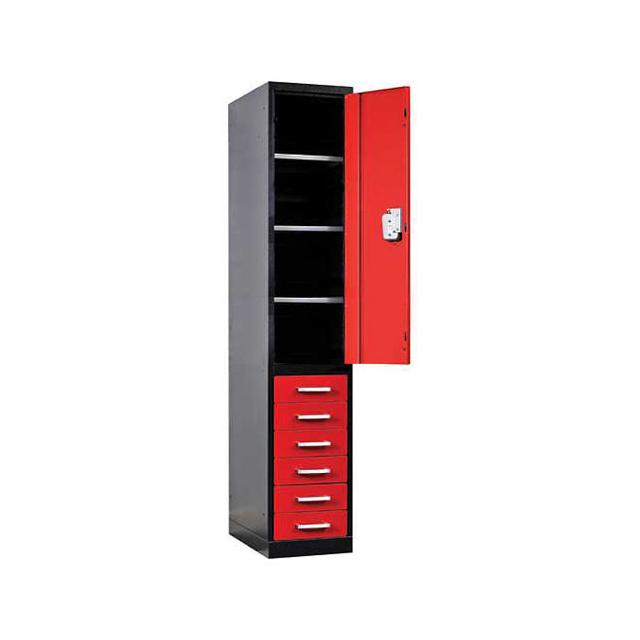
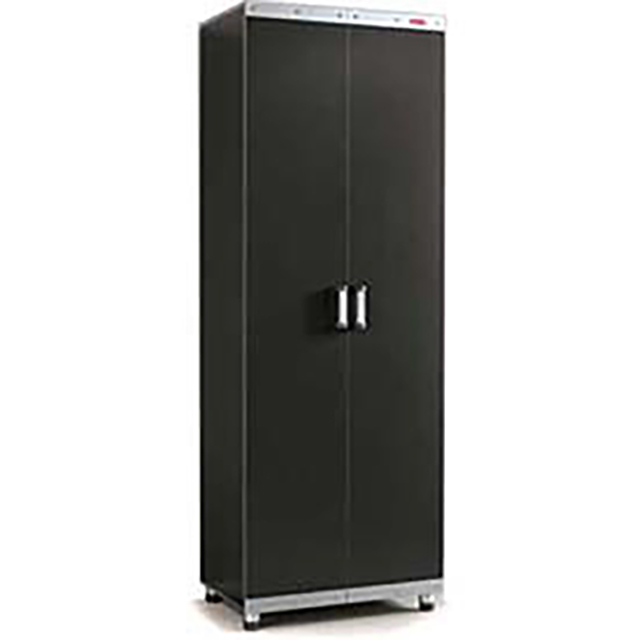
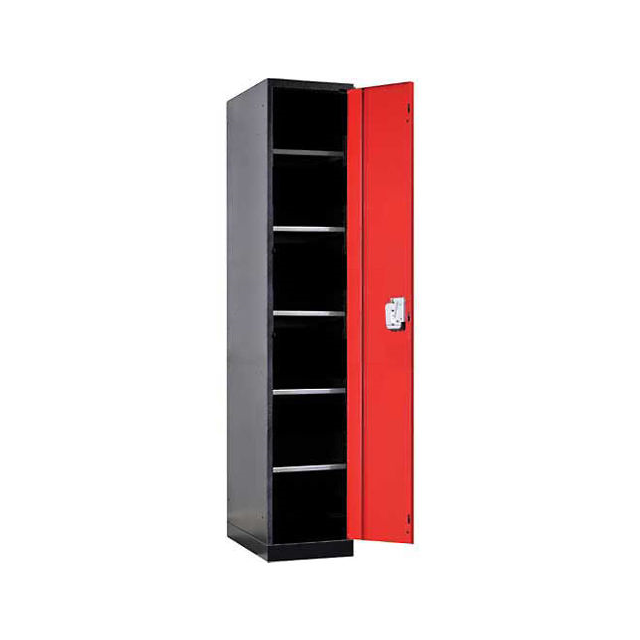

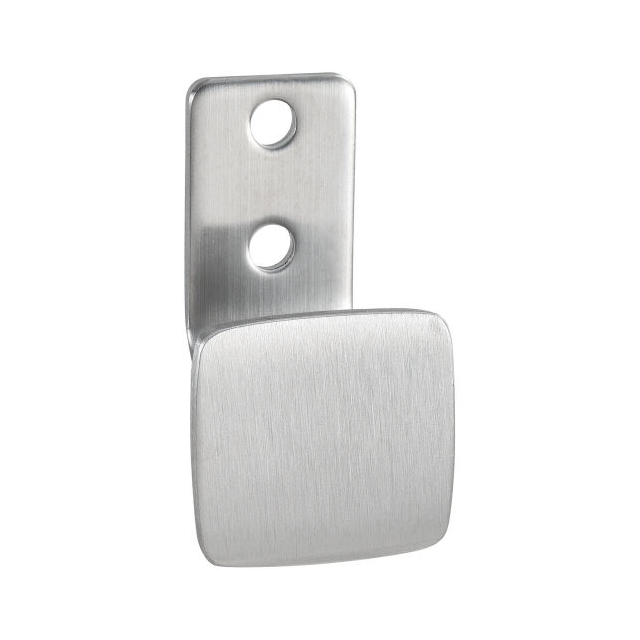

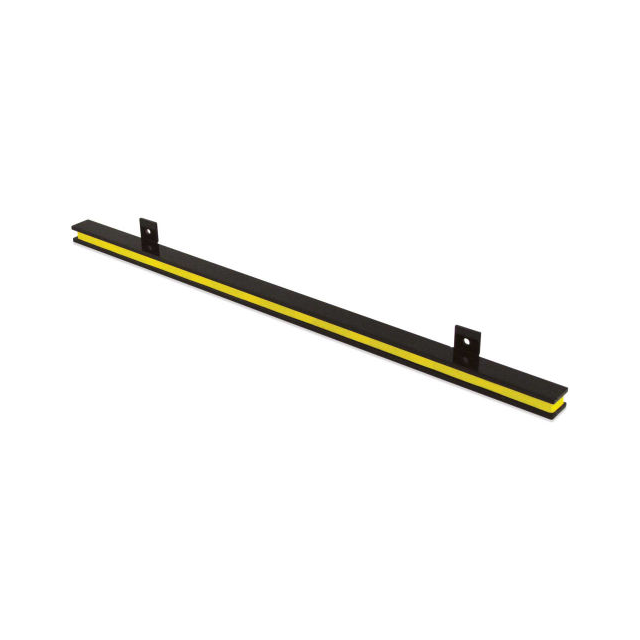

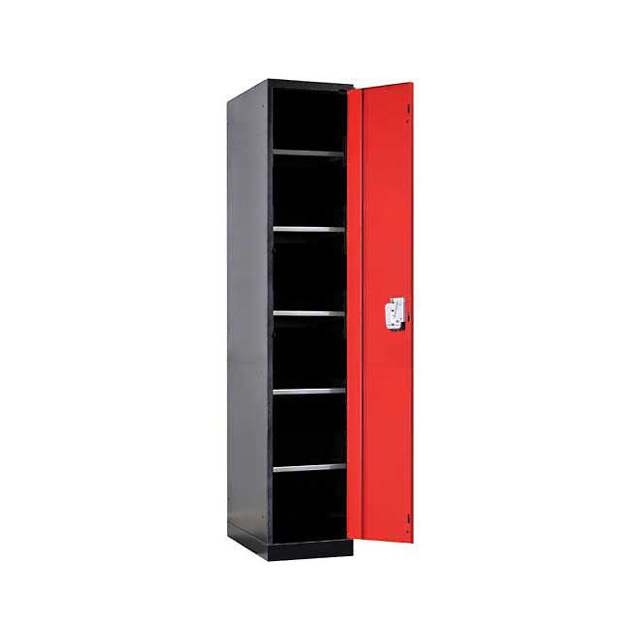

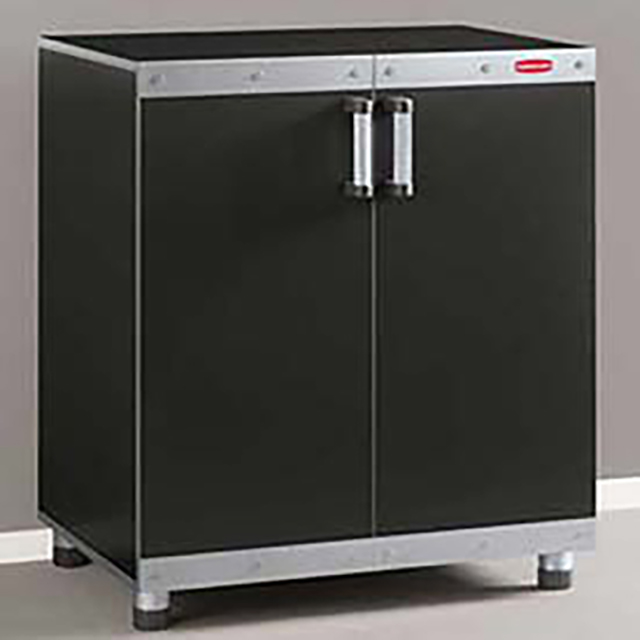
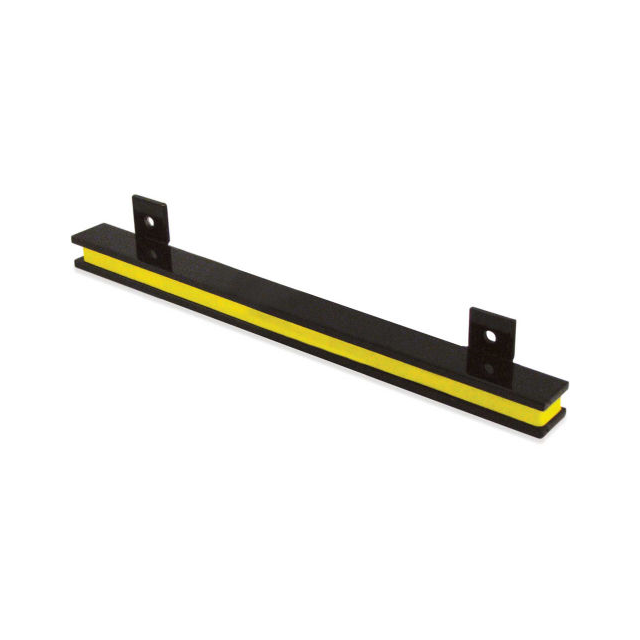

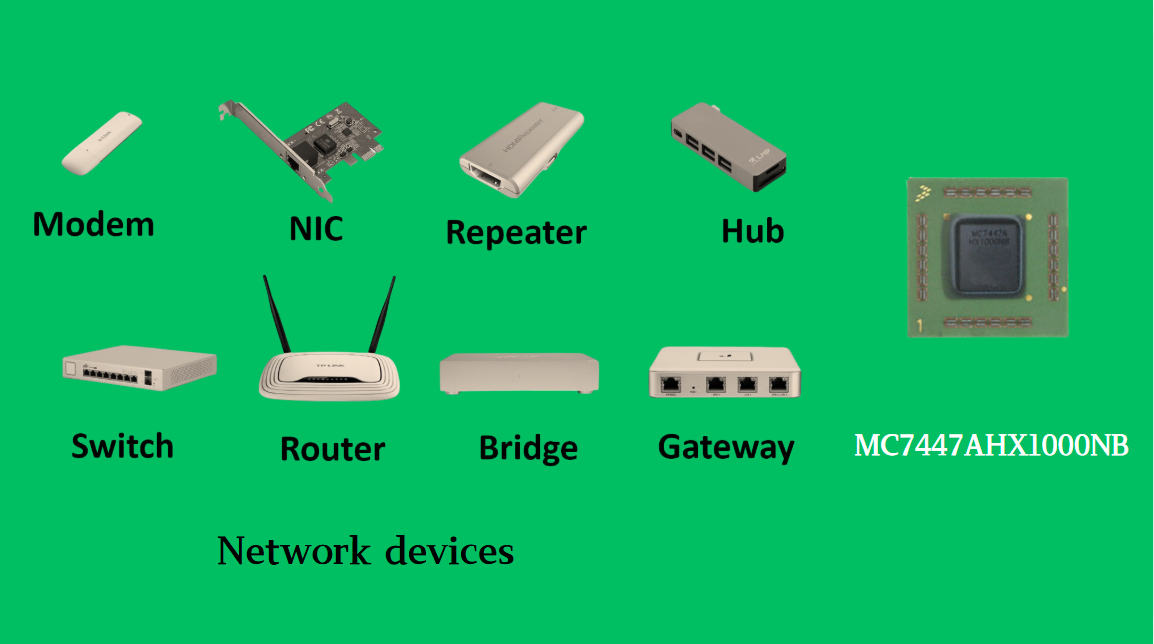
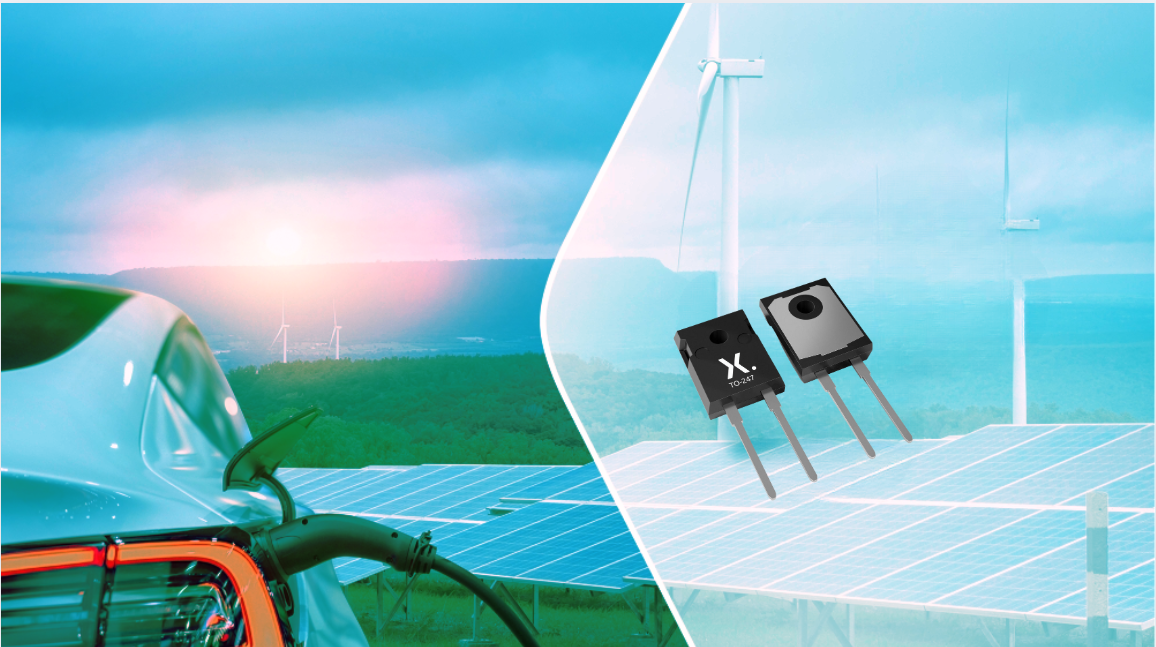







 Wishlist (0 Items)
Wishlist (0 Items) 